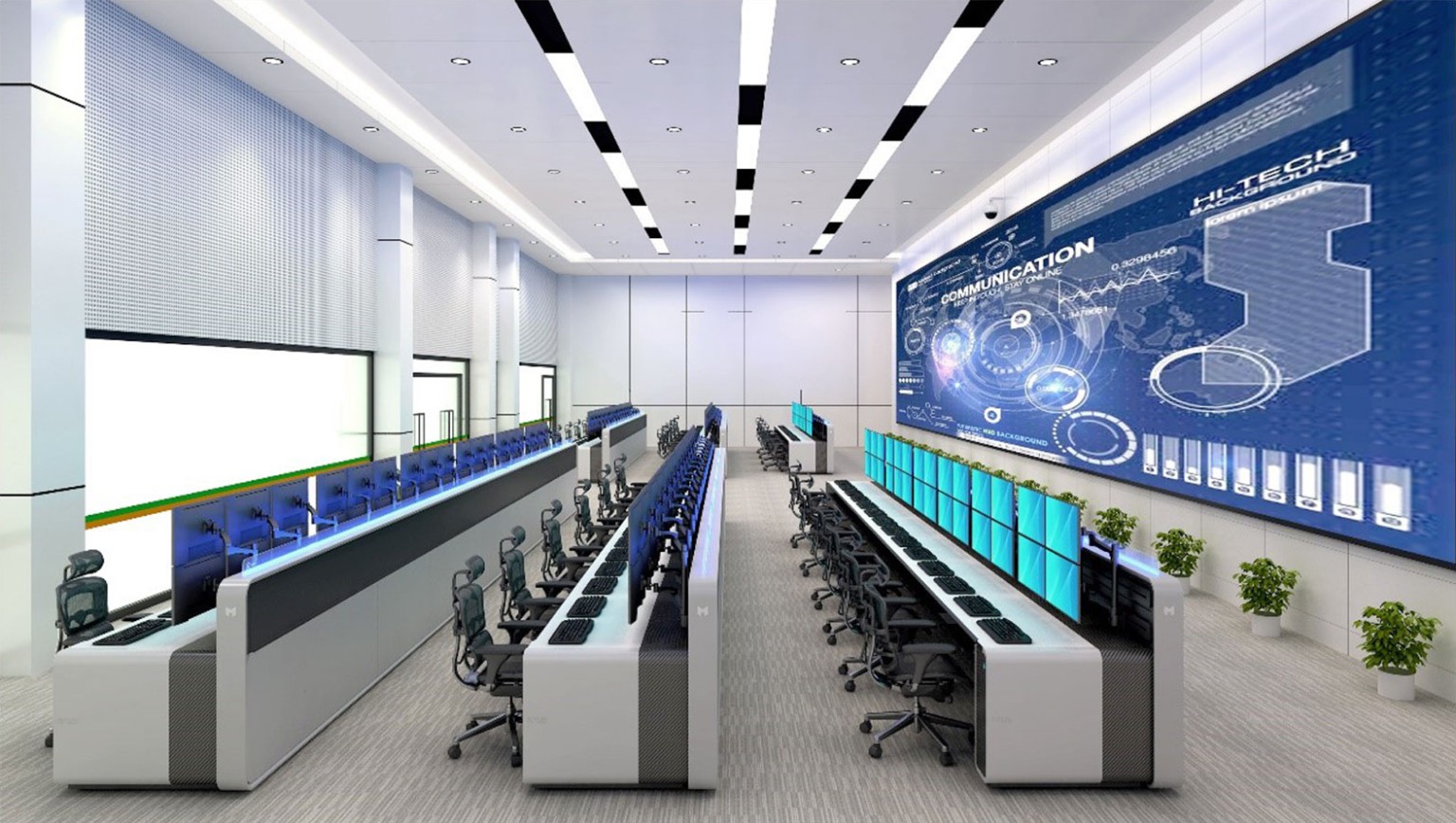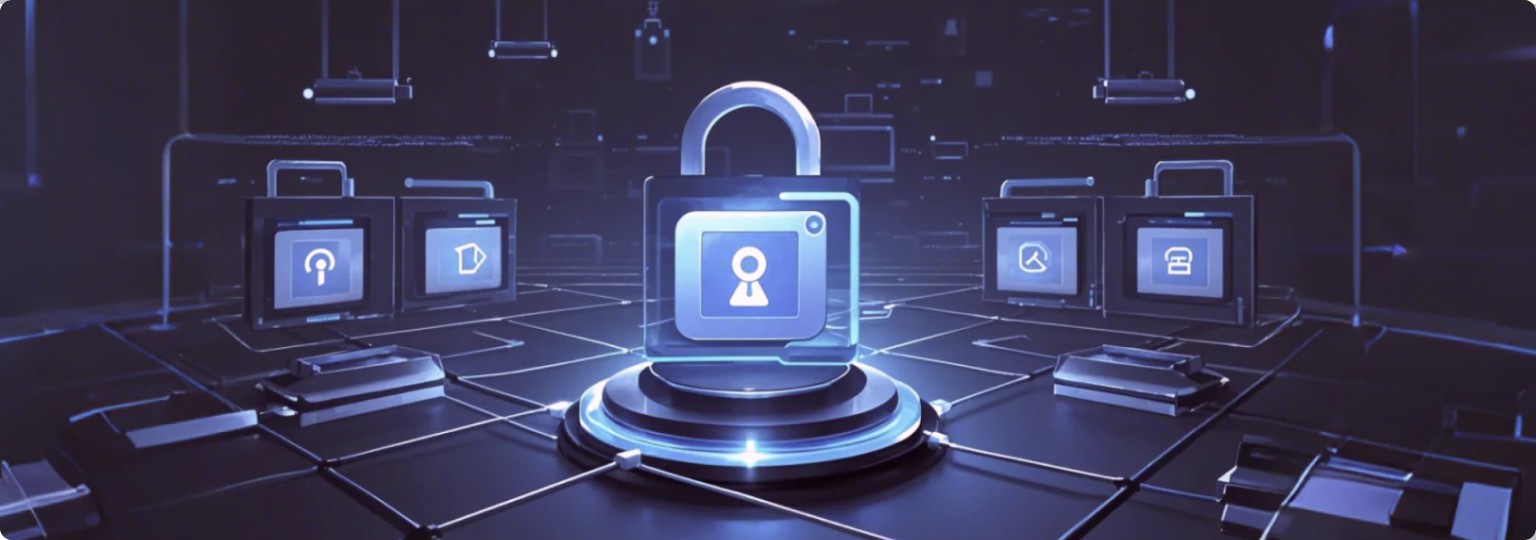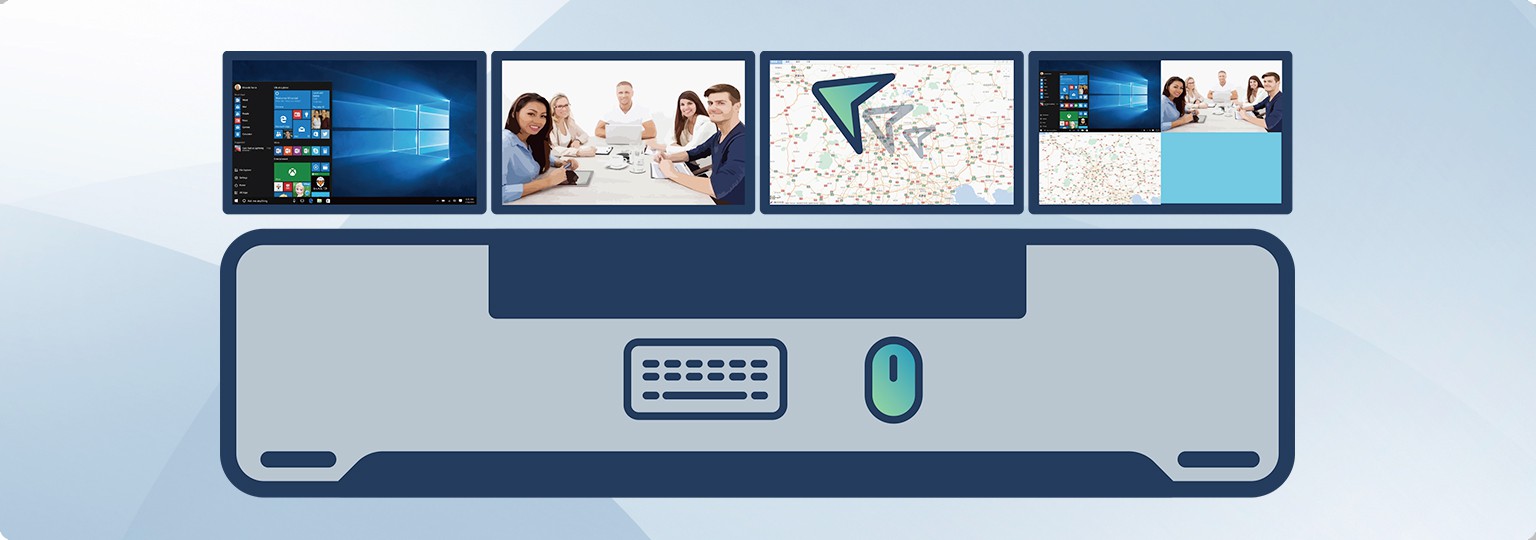












The electric power dispatch control center, serving as the central hub of power system operation, is responsible for online monitoring of the entire grid's equipment, orderly coordinated control, emergency response handling, and dispatch and command functions for power generation, transmission, transformation, distribution, and consumption within the grid. It ensures the safe, stable, and economic operation of the grid around the clock. The intelligent control and collaboration system provides a visual solution for integrated IP/non-IP fiber-optic seat collaboration for power dispatch control centers, distribution network dispatch centers, standby network dispatch centers, emergency command centers, operation monitoring centers, communication centers, information centers, and more. This solution ensures secure and reliable transmission, flexible and precise dispatch control during the real-time operation of complex and massive grid data. It effectively achieves observability, measurability, controllability, and maximum real-time sharing of grid information, aiding in ensuring the safe and stable operation of the grid system. It enhances the coordinated control capabilities of power generation, transmission, and distribution, maximizes society's energy utilization efficiency, and creates better social and economic benefits.

Distributed nodes are embedded with system software, and all nodes determine the primary service node through an election algorithm and automatically sequence the secondary nodes. In the event of a failure of the primary node, a secondary node will take over to perform system management tasks, ensuring that a single node failure does not affect the overall system functionality.

Utilizing advanced video and image processing technology, combined with a lossless compression data algorithm, it supports the use of YUV4:4:4 sampling for video at 4K resolution and 60 frames per second, preserving the image details of the original signal source content.

Through high-speed fiber optic transmission, the end-to-end screen casting display latency is less than 15 milliseconds, achieving seamless switching of audio and video signals, lipsync during conference dialogues, and a seamless seat operation experience.

Within the distributed system, private protocols are employed for file and information exchange. The design of the information exchange scheme based on private protocols ensures the security of data flow within the system. This achieves effective isolation of the seat system's internal network from external networks.

The distributed seat system supports dual-engine functionality, capable of decoding and encoding both lossless and deeply compressed video streams. It can parse multiple types of video streams and realize mixed networking management for various business streams.

In a distributed seat system, the internal sending and receiving nodes adopt a direct transmission scheme and support node backup functionality. The design of redundant links, redundant nodes, and backup power supplies effectively reduces the risk of the seat system malfunctioning due to link or switch failures.

Utilizing a super-modular IP/non-IP architecture, both sending and receiving nodes support redundant backup for equipment and dual power supply backup. They also support mutual backup for transmission links. In the event of any link failure, signals can still be transmitted through the backup link, with a hot-switching time not exceeding 1 second. During the switching process, there will be no black screen or flickering.

The entire seat management platform can seamlessly take over various business systems, enabling application functions of the seat management system such as signal switching, mouse roaming across business systems, seat interaction, and more.

The position management system supports point-to-point direct transmission for all signals of a single position while sharing signals. The point-to-point transmission links employ a multi-link mutual backup redundancy approach, where the disconnection of any single link does not affect the transmission and control of signals for the entire position, thereby ensuring the operational stability, safety, and reliability of the system.

A single position can enable a single set of keyboard and mouse to control any sliding screen operation across no less than eight monitor screens. Additionally, through a designated monitor, it can achieve a four-split screen display, simultaneously previewing or taking over four different business systems. Moreover, through the visual system interface, the signal sources from the switching resource pool can be accessed and manipulated at any time, enabling patterned invocation of signals.

The dispatching center can achieve signal capture and push between positions, signal interaction between positions, and signal interaction between positions and large screens through a set of position management systems. The single-position management system utilizes a proprietary protocol for transmission control.

It supports remote power on/off functionality through seat control software, facilitating remote operation; it also supports remote USB 2.0 data copying and the integration of UKEY authentication systems to meet the needs of remote data interaction, thereby enhancing security and convenience through remote data authentication.

